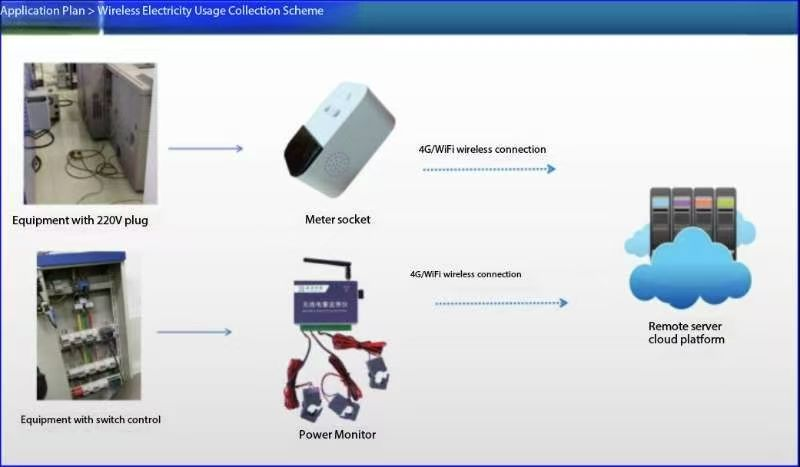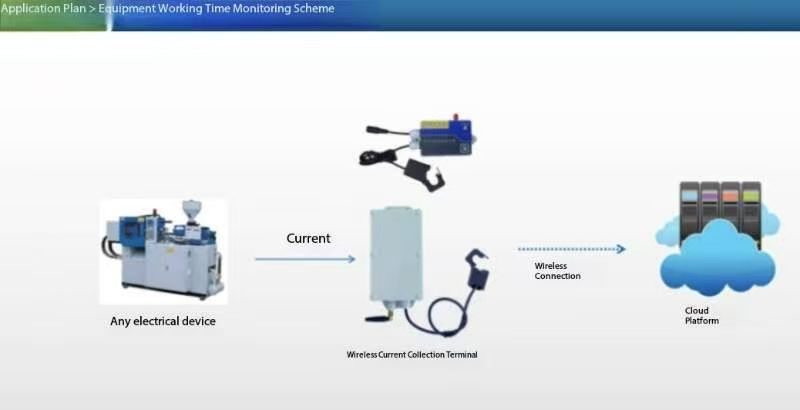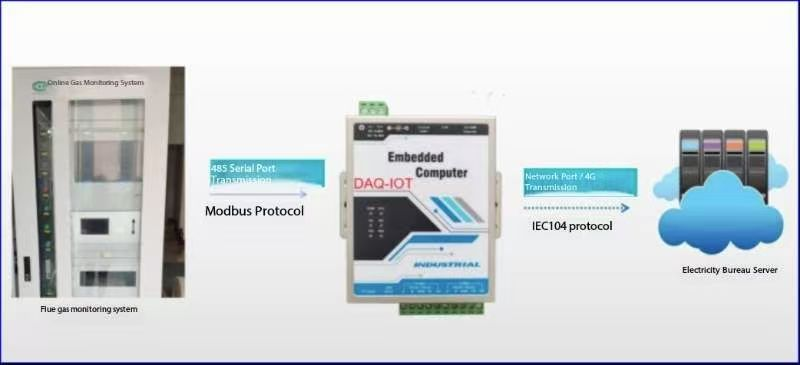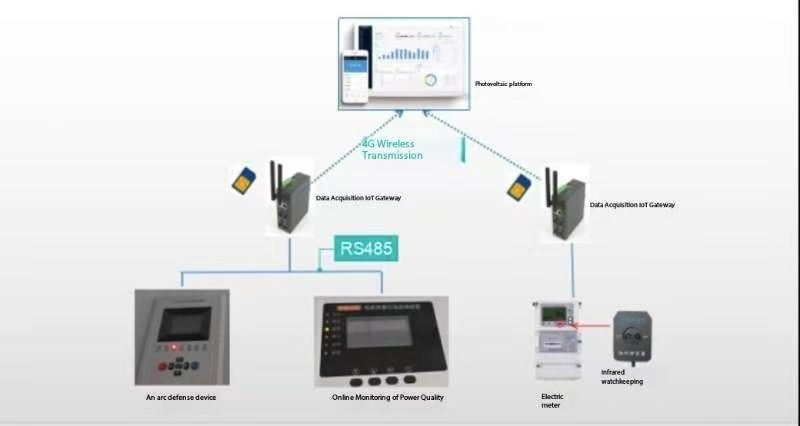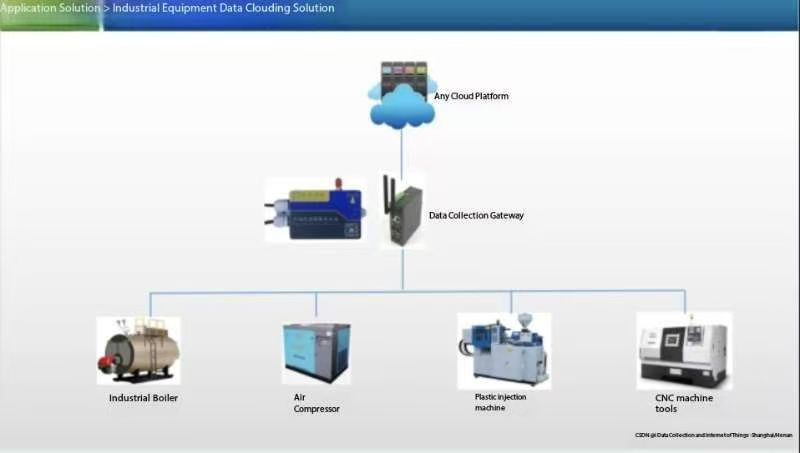一、background
In recent years, with the favorable policies of the country on distributed photovoltaics, the scale of distributed photovoltaic installations in various places has increased rapidly . Distributed photovoltaics have the characteristics of intermittent , decentralized, and random. Due to the limited capacity of the end of the power grid, the access of massive distributed photovoltaics to the power grid may cause changes in the power grid flow direction, local voltage limit violations, relay protection malfunctions, etc.
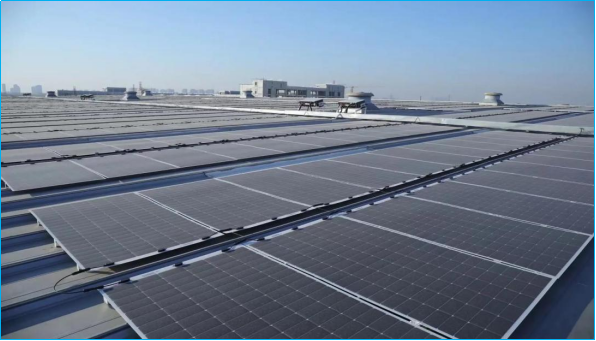
Photovoltaic power inverter data has gradually become the subject of control by the State Grid. In view of the different types and interfaces of inverters in the market, a unified protocol is needed to achieve standardized grid connection.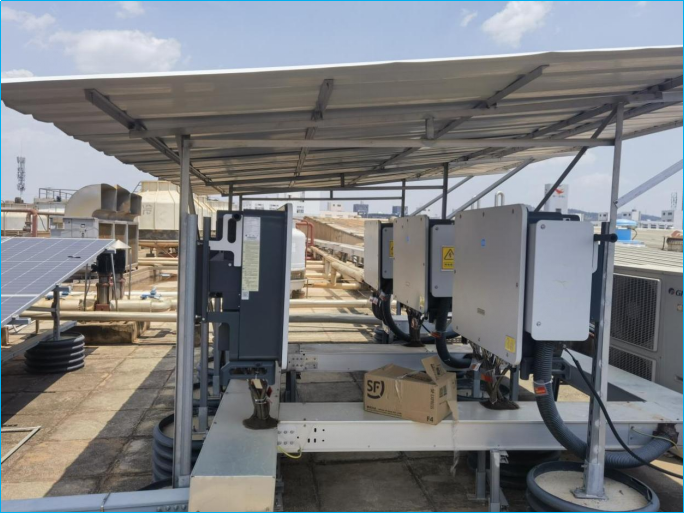
According to the State Grid Corporation's "Three-Year Action Plan for the Construction of a Modern Advanced Measurement System" and the "Typical Design Plan for Low-Voltage Distributed Photovoltaic Metering and Collection", in order to better adapt to the large-scale grid-connected needs of distributed energy, energy storage, and interactive energy facilities, it is necessary to build the "four-capable" capabilities of low-voltage distributed photovoltaics, explore new technologies for intelligent perception and flexible control of the power grid, and assist in the construction of a "new power system with new energy as the main body".
二、need
In Hubei and Shaanxi regions, distributed photovoltaic power generation grid-connected projects use existing metering and collection resources to build a physical architecture of "collection system master station + collection terminal + smart electricity meter + post-meter smart circuit breaker", making low-voltage distributed photovoltaics observable, measurable, controllable and adjustable, namely the "four cans".
1. Observable - Establish a low-voltage distributed photovoltaic operation centralized control micro-application to realize online monitoring of the operating status of equipment such as substation terminals, smart energy meters, smart circuit breakers, and photovoltaic inverters.
2. Measurable - All low-voltage distributed photovoltaic users can collect full load data at the 15-minute level. For photovoltaic users in important areas and key data, 5-minute collection is achieved, and pilot exploration of 1-minute collection is carried out.
3. Controllable - Through observable and measurable data, different control strategies can be formulated to achieve remote and instant control on and off the grid .
4. Adjustable - Through the extended collection and control of photovoltaic inverters, pilot construction of photovoltaic power generation power flexible adjustment capabilities. Through the transformation of on-site equipment, single-household flexible control and group adjustment and control can be achieved.
三、Implementation
Photovoltaic protocol converter (DAQ-GP-485HPLC) converts inverter data modbus RTU protocol into State Grid 698.45 protocol, and is controlled by the State Grid through power carrier communication (HPLC).
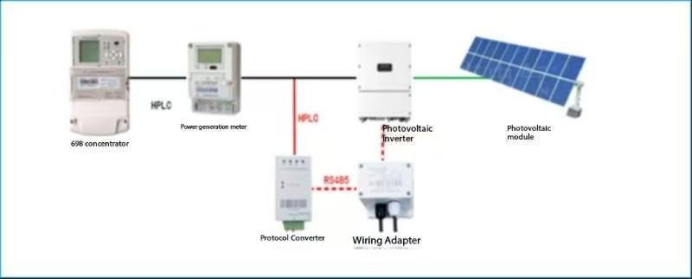
Implementing network topology diagram
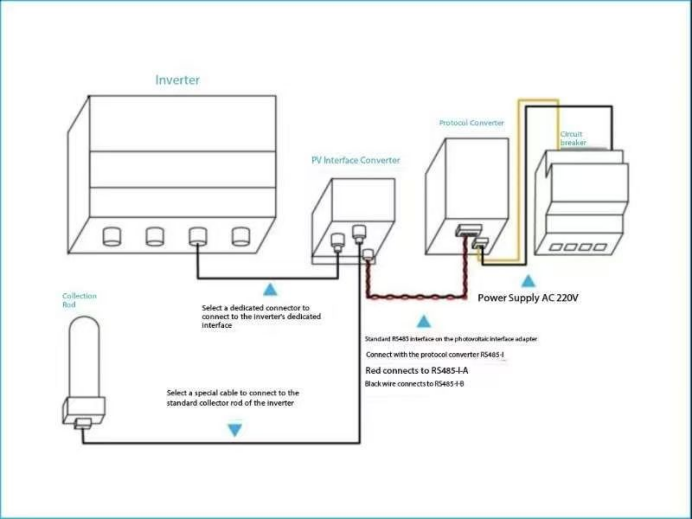
Installation Diagram
The specific implementation process depends on the type, model and interface type of the inverter on site. You can also use 485 direct connection to connect to the photovoltaic protocol converter separately (omitting the interface converter part).
四、Partial implementation results display
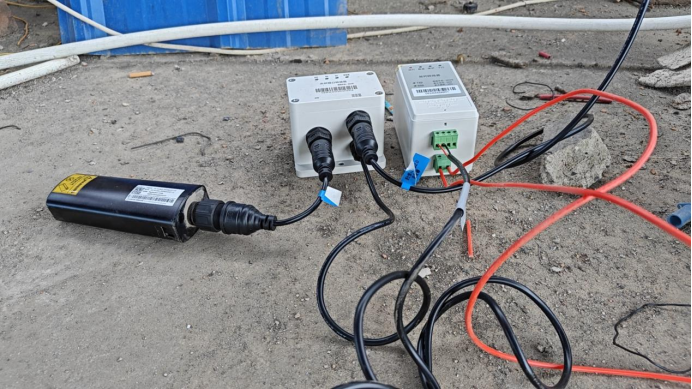
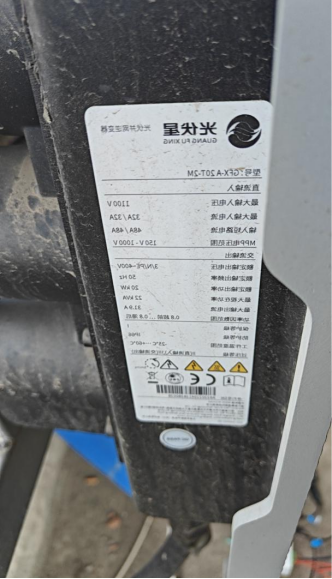
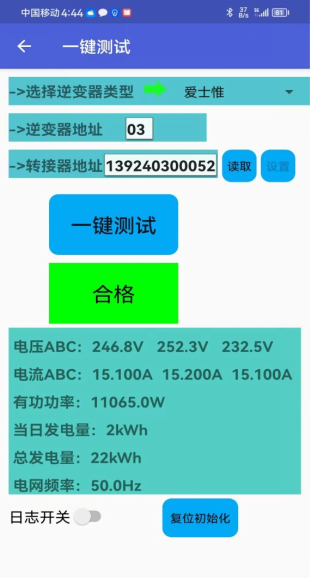
AISWEI Inverter Implementation Case

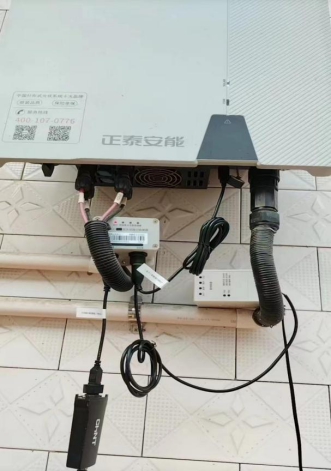
Chint inverter implementation case
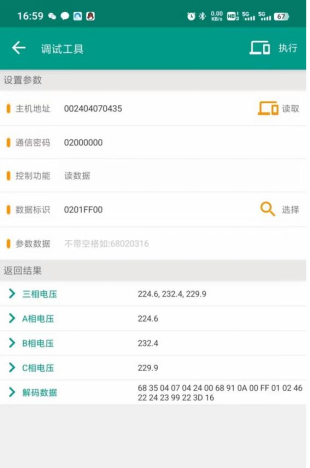
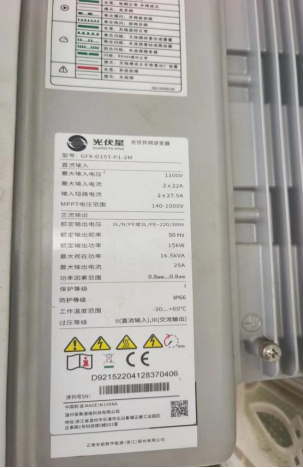
GoodWe inverter implementation case (485 direct connection method)
Serial number | Inverter manufacturers | Inverter Model | Inverter brand | Collector port | Remark |
1 | CHINT | GFX-A Series | Ai Shiwei | 1.USB interface acquisition stick 2. Network port (485 direct connection) | Collection success |
2 | CHINT | GFX-D Series | GoodWe | 1.USB interface acquisition stick 2.485 direct connection (6-pin or 8-pin or snap-on terminal) | Collection success |
3 | CHINT | GFX-K Series | Costa | 1.485 direct connection (4-pin com port) | Collection success |
4 | - | - | Growatt | 1.USB interface acquisition stick 2.485 direct connection (4 pins) | Collection success |
5 | - | - | First flight | 1.USB interface acquisition stick 2.485 direct connection (16-pin COM port) | Collection success |
6 | - | - | Shangneng | 1.485 direct connection (8-pin COM port) | Collection success |
7 | GoodWe | GwK100-GT | GoodWe | 1.USB interface acquisition stick (not implemented) 2.485 direct connection (8-pin COM port) | Collection success |
8 | Wheatfield Energy | T25Pro T15Pro | Wheat Field | 1.485 direct connection (8-pin COM port) | Collection success |
五、Mainstream inverter physical interface pictures
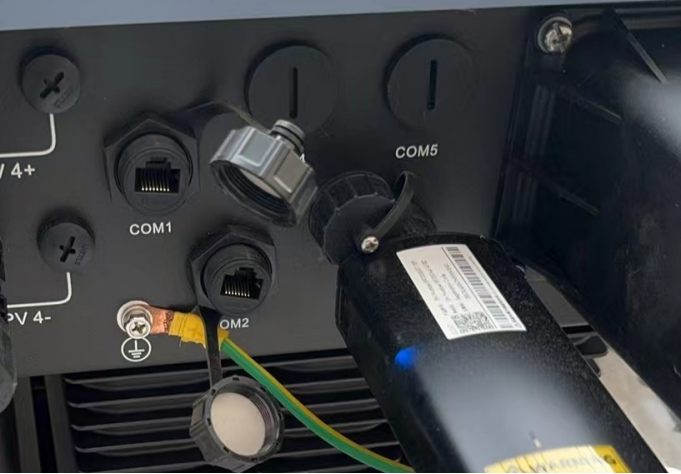
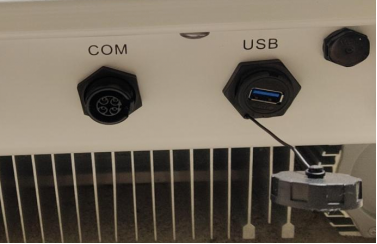 AISWEI inverter (485 direct connection corresponds to the network port, the acquisition stick corresponds to the USB port)
AISWEI inverter (485 direct connection corresponds to the network port, the acquisition stick corresponds to the USB port)
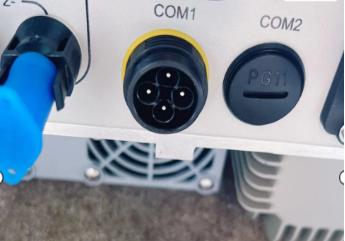
Costa (4-pin aviation plug) Growatt (485 direct connection 4-pin aviation plug, acquisition stick is USB232)
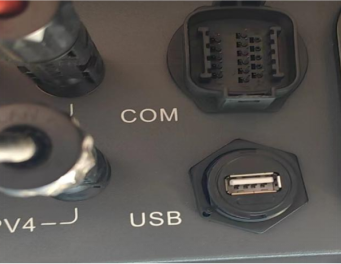
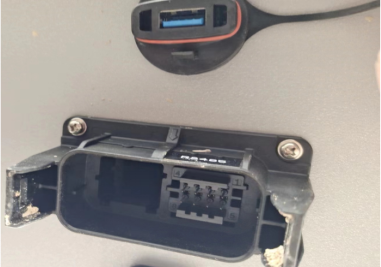
Shouhang (485 direct connection to 16-pin COM port, USB232) GoodWe (485 direct connection to 8-pin COM port, acquisition stick USB port)

Sunshine inverter (485 direct connection 4-pin COM port, data acquisition stick RJ45 port)
 ch
ch English
English

